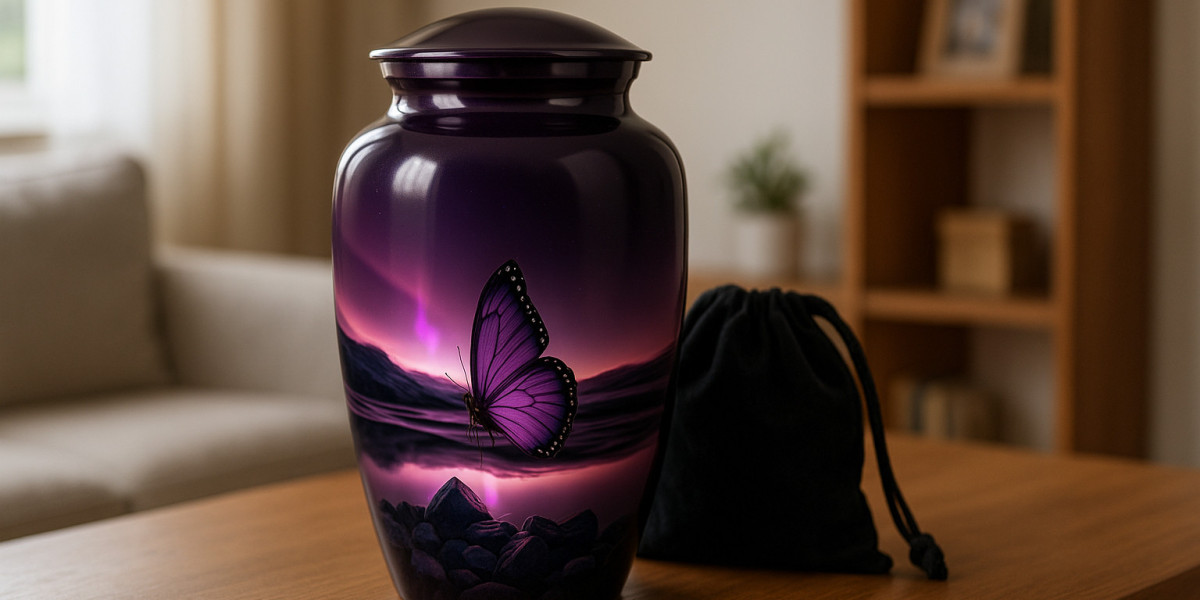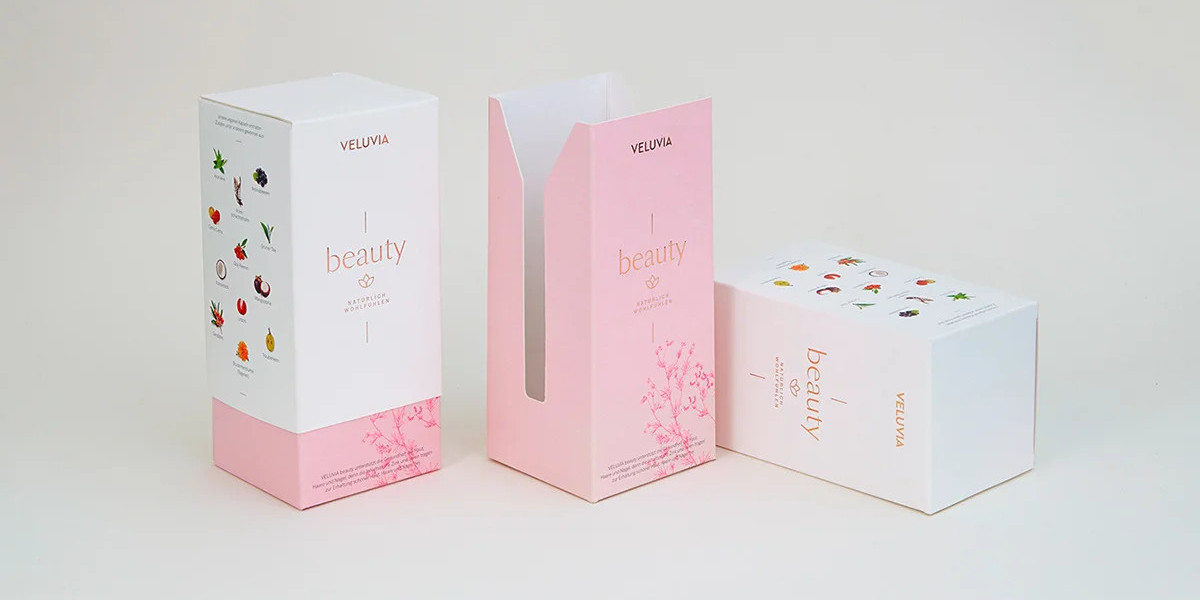Growing cannabis is more than just watering and waiting—it’s a craft. One of the most effective ways to improve your harvest is by practicing cannabis plant training. Training techniques help shape the plant, increase light penetration, and ultimately boost yields. Whether you're a beginner or an experienced grower, understanding the principles of plant training is essential for maximizing your grow space and plant potential.
What Is Cannabis Plant Training?
Cannabis plant training is a cultivation method that involves manipulating a plant’s shape and structure. This is done to control height, promote even canopy development, and encourage more bud sites to form. Instead of allowing the plant to grow naturally like a Christmas tree—with one main cola—you train it to grow wider, with multiple colas.
This process doesn’t require expensive tools or high-tech equipment. With basic items like garden ties, trellis nets, and pruning shears, any grower can start training their plants.
Benefits of Training Your Cannabis Plants
Increased Yields: By exposing more bud sites to light, you can harvest significantly more from each plant.
Better Airflow: An open canopy reduces the risk of mold, pests, and diseases.
Light Efficiency: Training ensures that no energy is wasted on shaded or hidden bud sites.
Compact Growth: Ideal for indoor growers with limited vertical space.
Improved Plant Health: Stronger stems and branches result from gradual stress during training.
Key Cannabis Training Techniques
Let’s dive into the most popular cannabis plant training methods.
1. Low-Stress Training (LST)
LST involves bending and tying down branches during the vegetative stage. The goal is to create a wider canopy and allow light to hit lower bud sites. This method doesn’t involve cutting the plant, which helps reduce recovery time and stress.
Tools you’ll need: soft plant ties, anchor clips, and patience.
2. Topping and FIMing
Topping is the process of cutting off the main stem to encourage the plant to grow two new main colas. FIMing is a variation where only part of the new growth is pinched, potentially leading to 3–4 new tops. Both methods create bushier plants and more colas.
These are high-stress methods, so they require a few days of recovery.
3. SCROG (Screen of Green)
This technique uses a horizontal trellis net placed above the plants. As the branches grow, they are weaved through the net to create a flat, even canopy. This allows uniform light exposure and increases bud density. SCROG is especially effective in small indoor grow tents.
Tip: Use a trellis with 4–6 inch grid squares for best results.
4. Mainlining
An advanced technique that combines topping and LST, mainlining creates a symmetrical structure with evenly spaced colas. It requires more effort and a longer veg period but delivers great results in terms of uniformity and yield.
When to Start Training
Start training your cannabis plants early in the vegetative phase, usually after the plant has developed at least 4–6 nodes. At this stage, the plant is strong enough to handle stress and will recover quickly. Avoid high-stress training during flowering, as it can stunt growth or lower THC content.
Tools You’ll Need
You don’t need much to get started, but having the right tools makes the process easier and more effective:
Soft plant ties or garden wire
Trellis net (like those from Scrogbox)
Stakes or cages
Pruning shears
Clips or anchors
Choose quality materials to avoid damaging your plants and to reuse across multiple grow cycles.
Choosing the Right Trellis
A well-designed trellis is essential for effective training. Look for:
Flexible or elastic material for ease of use
Proper grid size (4–6 inches is ideal)
Durability for multiple grows
Compatibility with your grow space (tent, outdoor bed, or pots)
Brands like Scrogbox offer trellises specifically for cannabis growers, making SCROG setups simple and efficient.
Final Thoughts
Cannabis plant training is one of the most powerful tools in a grower’s toolkit. Whether you're growing in a closet or an outdoor garden, training techniques can help you unlock your plant’s full potential. With just a bit of effort and the right methods, you’ll grow healthier plants, reduce problems, and enjoy larger, better-quality harvests.
Start small, experiment with a method or two, and adjust as your plants grow. Over time, you’ll learn what works best for your strain, space, and style—and your buds will thank you.







